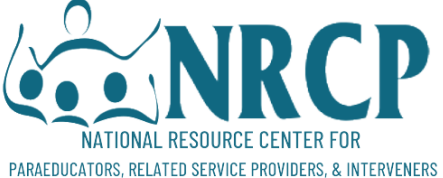The purpose of this report is to provide policymakers and administrators in SEAs, LEAs, IHEs and other stakeholders with information they can build on as they work together to address issues and practices that currently impact on the employment, roles, training/education, and supervision of paraeducators: The newest but least understood members of education and related services teams.
The report is divided into four parts. Part I provides an historical overview of the factors that initially led to the employment of paraeducators. It continues with a look at education reform initiatives that have contributed to the need to prepare teachers to supervise and work effectively with paraeducators. Part II describes contemporary concerns and events that have brought about increased reliance on paraeducators with greater emphasis on their learner support roles. Part III centers on federal legislative actions, policy questions, and systemic issues requiring cooperation among agencies in different jurisdictions with different responsibilities for ensuring the availability of an effectively supervised, well-prepared paraeducator workforce. Part IV discusses strategies policy makers and administrators in SEAs, LEAs, other education provider agencies, and IHEs can build on to overcome barriers to improving the performance and productivity of teacher and paraeducator teams. It concludes with a series of appendices.
